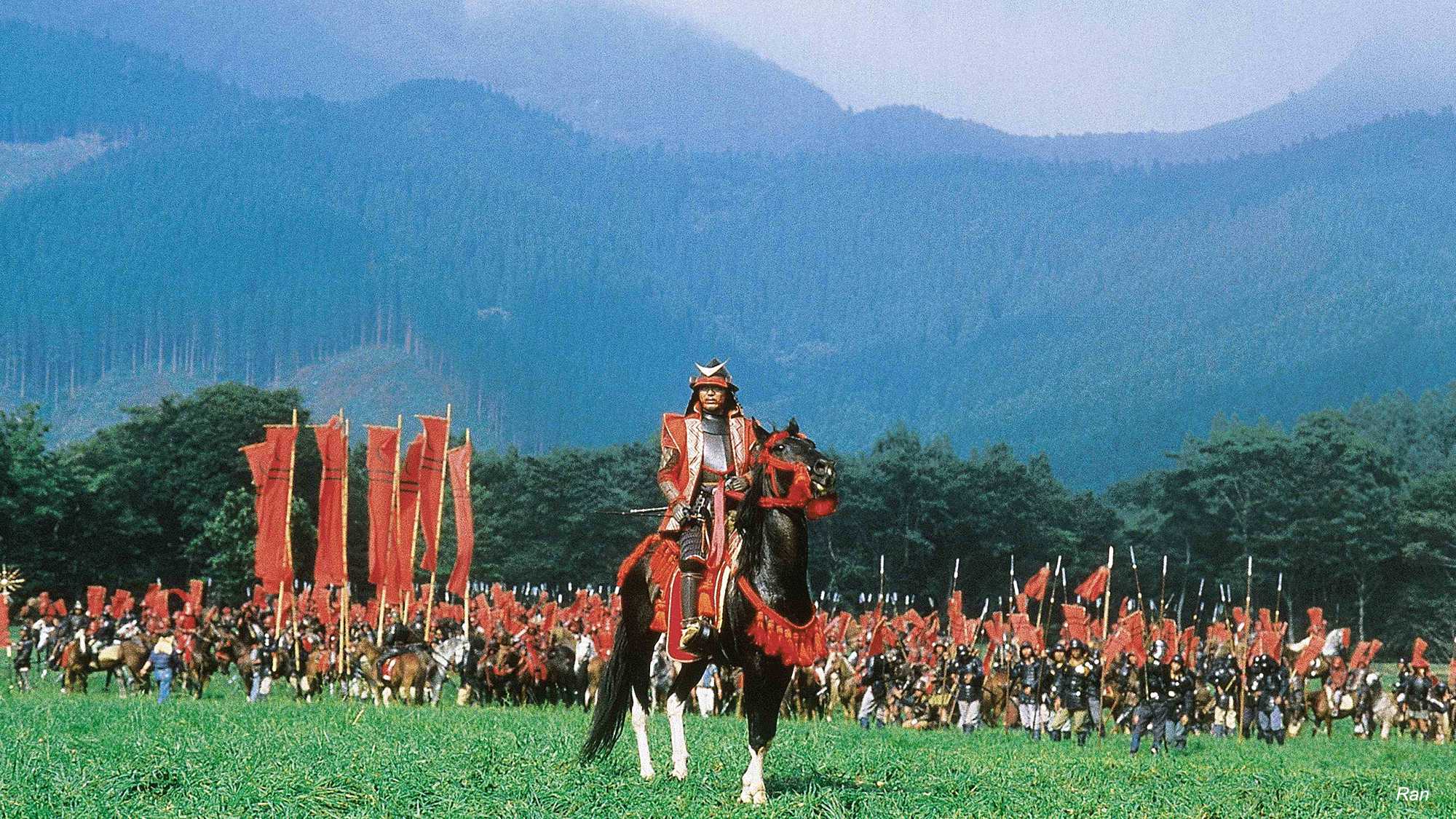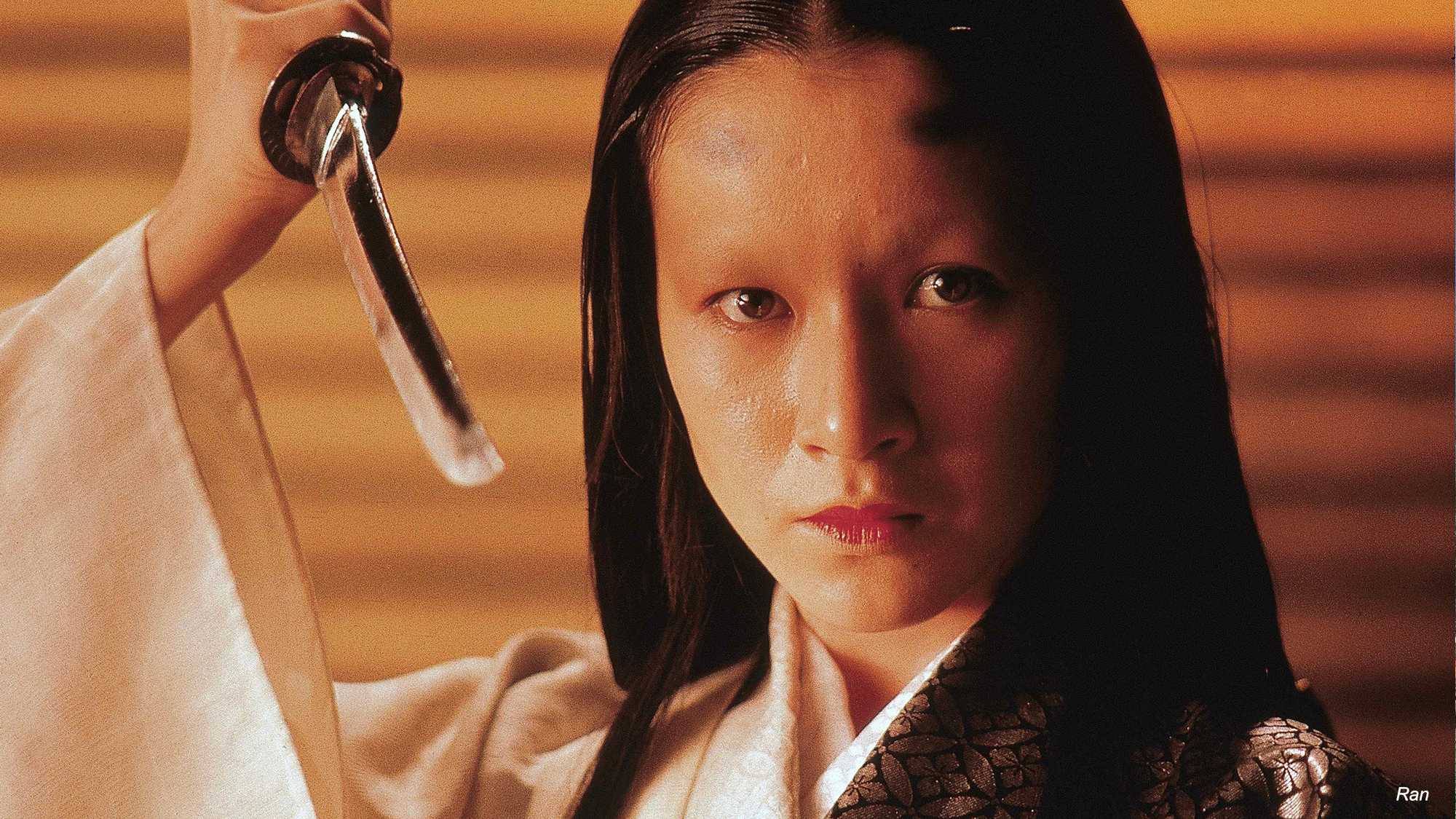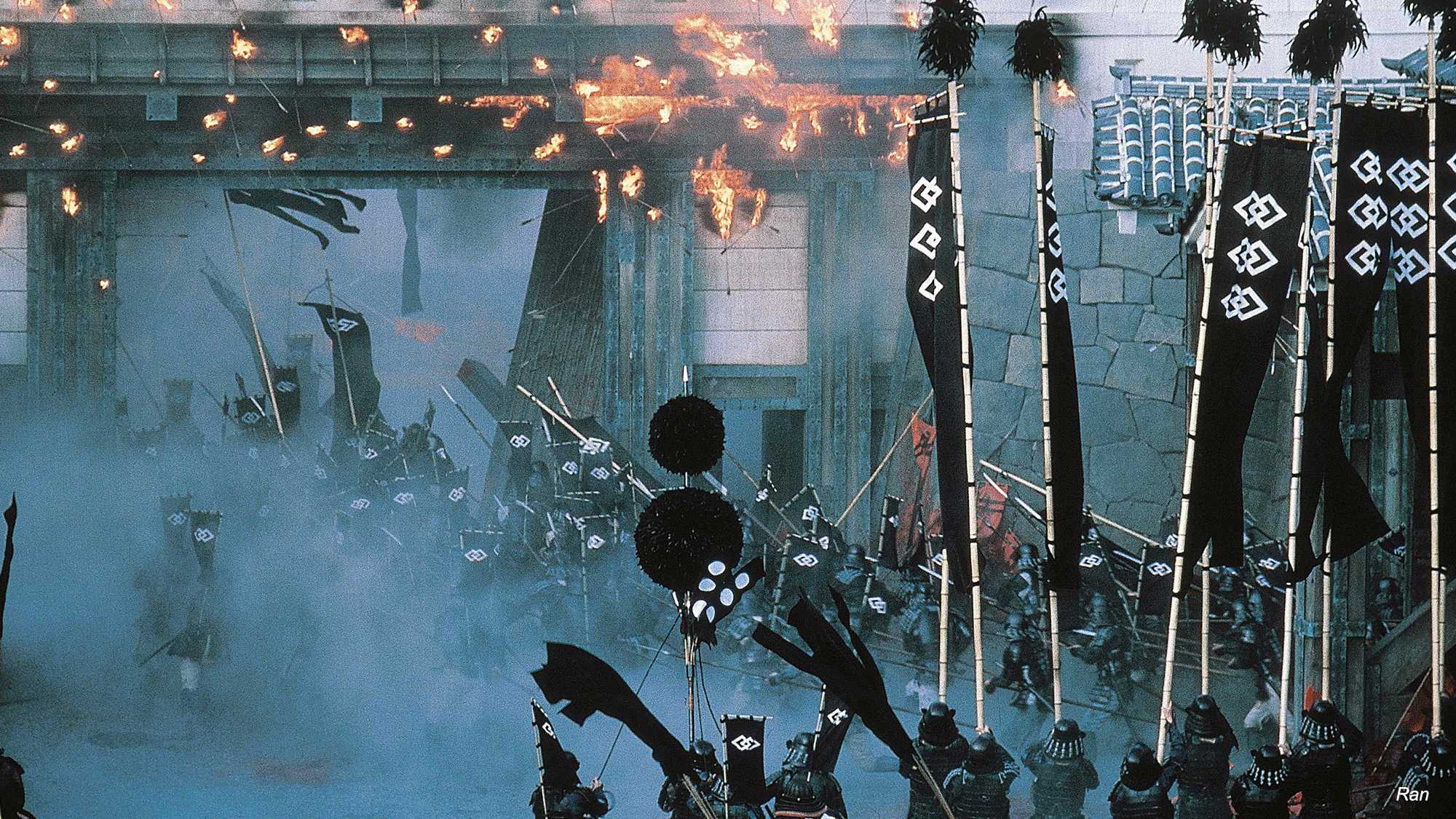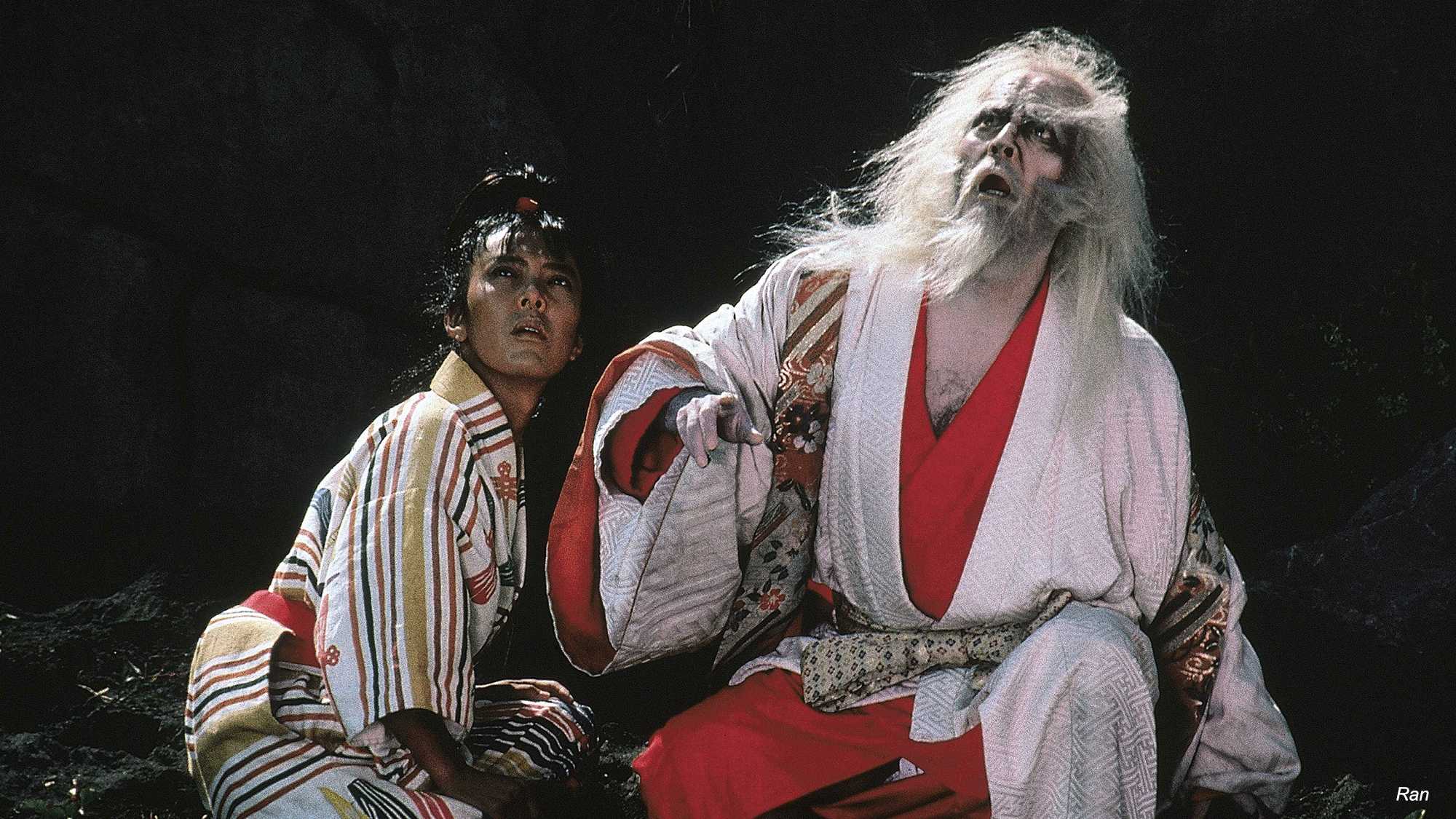“Kurosawa’s late-period masterpiece, transposing King Lear to period Japan, is one of the most exquisite spectacles ever made, a color-coordinated epic tragedy of carnage and betrayal – passionate, somber, and profound.” — New York Magazine




It's a stunning achievement in epic cinema… Both landscape and weather seem to bend to Kurosawa’s will as he constructs an imaginary 16th-century Japan.
Screened as part of Autumn Events 2016
Ran 1985
The great, climactic work in a formidable oeuvre, Kurosawa’s Ran draws on both King Lear and Macbeth to observe the monumental chaos (‘ran’ in Japanese) unleashed when an ageing warlord hands over the reins to his warrior sons. Completed when the director was 75 years old, the film was long in gestation and meticulous in its spectacular execution. Raging battles are delineated with rare clarity and dispassion, while court intrigues are captured with an intimacy that is electrifying. As the old man’s daughter-in-law, Harada Mieko is so intent on mayhem that the mere brush of her lavish robes against the floor can induce dread. Takemitsu Toru's brilliant score is just as spare and unnerving. This stunning 4K digital restoration premiered at Cannes last year and demands the monster screens we are delighted to provide.
“The director had each of half a dozen competing armies color-coded in terms of their gear, and Oscar-winning costume designer Wada Emi spent three years creating 1,400 costumes. Kurosawa mandated that authentic-to-the-16th century weaving and dying techniques be used, not blinking when it added $1 million to the budget... The action is choreographed and shot with such skill by Kurosawa's trio of Oscar-nominated cinematographers – Saito Takao, Ueda Masaharu and Nakai Asakazu – that we feel both immersed in the battle and an eavesdropper on reality. It doesn't get better than that.” — Kenneth Turan, LA Times
“Here is a stylized re-creation of 16th-century warfare and feudal dramatics manufactured not by programming wonks and hard drives but out of real space, real chaos and very real will, and we watch it roll out like the catastrophic folly of an actual war.” — Michael Atkinson, Village Voice